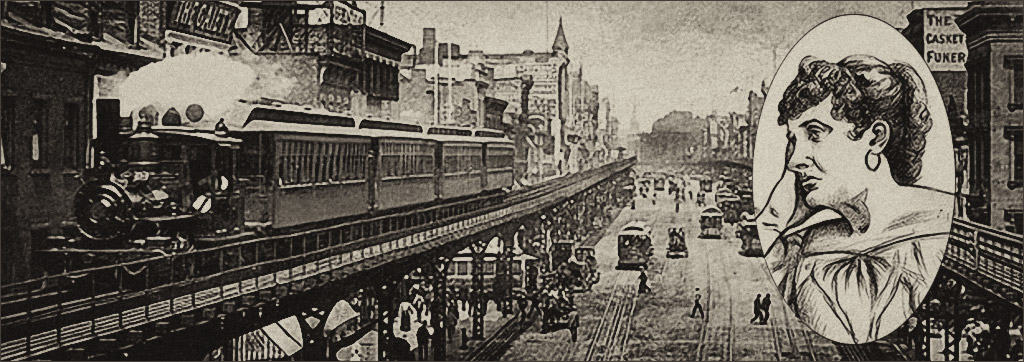Ida Tarbell
journalist, crusader, citizen reporter
Ida's career with McClure's came to an end in 1906 when the staff walked out. They were worried about Mr. McClure's morals. She helped buy The American Magazine and focused on writing about what was right. Ida became Associate Editor and stayed there until 1915 after the magazine was sold. |
| Ida Tarbell : citizen report hard at work |
With the money from her book, Ida purchased a farm in Easton, Connecticut. She liked to go there to get away from the city. She also liked to stay there and write. Eventually, she retired to the farm.
 |
| Ida Tarbell on her farm |
Ida Tarbell's History of Standard Oil was such a success that people were outraged. In 1911 The Supreme Court declared Standard Oil was a monopoly which was against the law. They had Standard Oil broken up into smaller companies and Mr. Rockefeller's reputation was damaged. Ida became known as the woman who took down Standard Oil. Even so, Mr. Rockefeller was earning even more money than ever before. Ida was disappointed. She hoped to see Rockefeller out of business.
Ida became very busy with reforms. She wrote a new series of articles criticizing high protective tariff, traveled to Chicago to investigate their public transportation and stayed at Hull House with Jane Addams in 1908. They taught immigrants, like my friend Anita, how to speak English and gave them job and homemaking skills.
 |
| Ida Tarbell, reformer, visits Hull House |
Ida traveled around the United States meeting with factory owners, workers and their families helping women who didn't have a choice but to work. (Like Samantha's friend Nellie). Ida investigated what factory owners were doing to make their workers' lives easier and safer. She wrote about workplace safety and factory conditions in the 1910s and teens.
 |
| Immigrant |
In January 1915, Ida Tarbell published her findings in a series she titled Sticking to the Old Ways: the Golden Rule in Business A Story of Some Recent Dramatic Events. One of the photos is a Slav mother, one of many immigrants interviewed for the piece. Ida found immigrant families were living on $1.60 a day and still managed to save a bit and send their children to school when they were thrifty.
 |
| factory girl (the real mill was unavailable at this time) |
One thing Ida Tarbell was NOT interested in was women's suffrage. Don't tell Samantha! She'll be crushed! Ida did not like the militant movement of the 1910s. She called it anti-male. She may have worried women would lose the power to do good works. Ida wrote a bunch of anti-suffrage essays and collected them in a book called The Business of Being a Woman. It was not a success.
 |
| Ida Tarbell was an anti! |
After women won the right to vote in 1920, she changed her mind.
During World War I, Ida served on the Women's Committee of the Council of National Defense. The organization worked to help women on the homefront. They encouraged women to plant vegetable gardens, dry and can food, knit, sew and make bandages. They also opened daycare centers for factory women.
 |
| Wrong war, same information: can your food |
After the war Ida continued writing and social work. She helped working women by suggested a shorter work day. She wrote one novel, a biography and many more articles. She even wrote an autobiography, All in a Day's Work, in 1939 when she was 82.
Ida Tarbell lived all the way to World War II! She died on January 6, 1944 in Bridgeport, Connecticut. Since her death, Ida Tarbell has received many awards and honors. She helped invent modern journalism.
 |
| Miss Tarbell Before the Industrial Commission, American Magazine, Vol. 79, p. 6, 1915. |
We hope you enjoyed our presentation and learned a lot. Thank you!
Samantha & Susanna















































